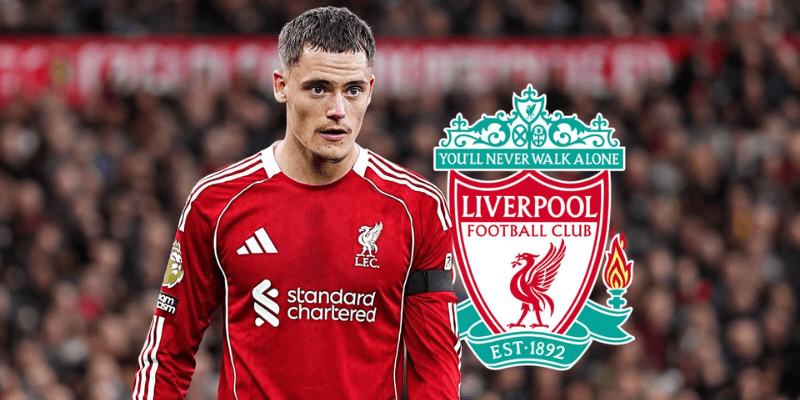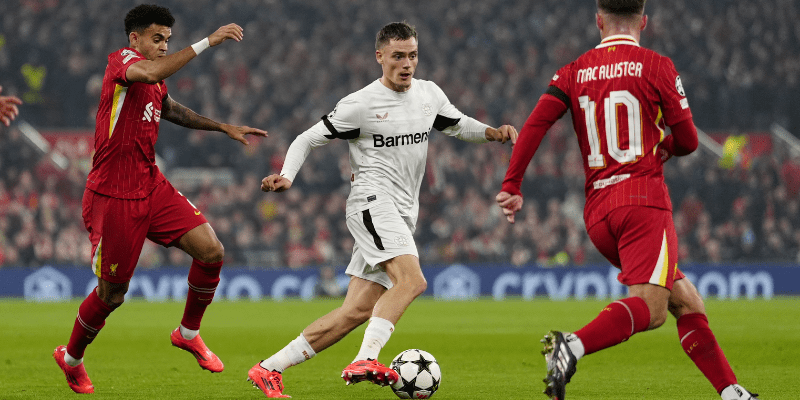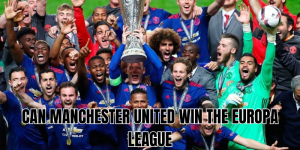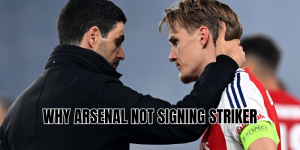In short: yes, Liverpool can afford Florian Wirtz—though it’s a stretch and requires smart financial management. In this article, FreeKickSEO will break down the full cost of Wirtz’s transfer, how Liverpool fit it into their wage structure, the constraints from Profit and Sustainability Rules (PSR), and what trade-offs they’re making. By the end, you’ll see how this deal isn’t wild financial fantasy—it’s a calculated risk.
What’s the cost of signing Wirtz

Liverpool have agreed a club-record fee with Bayer Leverkusen for Florian Wirtz, reported as £100 million guaranteed, rising to £116 million with add-ons.
But that’s just the upfront cost. The true financial commitment includes:
- Add-ons and performance-based clauses: up to £16-£20 million depending on achievements.
- Wage bill: Wirtz is expected to earn around £10-12.7 million/year, or about £195,000 to £245,000 per week, depending on incentives.
- Amortisation: The transfer fee is spread (“amortised”) over the length of the contract (five years). So the annual hit to Liverpool’s books for the fee portion is more manageable.
When you add everything up—transfer fee, wages, bonuses, agent fees—some analysts estimate Liverpool’s total five-year cost for Wirtz could be £200-£220 million.
How Liverpool finance this and stay sustainable
It’s one thing to sign a superstar; it’s another to do so without breaking financial rules.
PSR / Profit and Sustainability Rules
Under Premier League PSR:
- Clubs are allowed a three-season loss limit.
- Transfer fees can be amortised over up to five years, lowering the yearly accounting burden.
Liverpool’s finances allow them room: their losses in recent seasons are well under the PSR limit. Even with Wirtz’s deal, projections suggest they will still be inside safe bounds.
Revenue, cash flow, and structure
Liverpool have several advantages:
- High and rising revenues.
- A credit facility: Liverpool have access to revolving credit and financing instruments that allow them to manage timing of payments.
- Player sales / departing contracts: The club is also offsetting costs by sales and letting contracts run down. For example, leaving behind expensive contracts or selling players helps balance things.
Where the risks lie

Even though the deal is likely affordable, it doesn’t come without danger or caveats. Liverpool must manage:
- Wage structure tension: Wirtz is expensive. Comparisons to other top earners (Salah, van Dijk) show that even though he may sit below them, his wages plus potential bonuses push Liverpool’s payroll higher. If more stars demand big raises, the total wage burden could balloon.
- Performance pressure: Add-ons and bonuses are tied to both individual and team success. If Liverpool underperform (in league, Champions League, etc.), those extra payments might never trigger—or revenues might not rise as forecasted. That would make the “safe” budgeting less safe.
- Amortisation load: While spreading the transfer fee helps with accounting, Liverpool will still have a sizeable annual amortised cost. If they make more big signings in the same window, those costs stack up.
- Fluctuations in revenue / losses: An unexpected drop in matchday or broadcast revenue (e.g. missing Champions League) could hurt. Liverpool have been lucky in recent years with strong performance, but football is unpredictable.
Why it could be a smart move
Despite the risks, there are solid reasons this deal makes sense:
- Youth + potential: Wirtz is only 22. If he performs and grows, his value could far exceed the buy-in cost. Good offensive creators are rare and valuable.
- Tactical fit: Under Arne Slot and the current coaching team, Liverpool seem to need creativity, transitions, goals.
- Signal value: Big signings like Wirtz show ambition—not just to fans, but to sponsors, global audience, commercial partners. Sometimes that intangible helps raise revenue down the line.
- Financial buffer: Their strong commercial base and financial structures (credit, amortisation, player sales) give the club leeway. They are not buying on a thin margin—they appear prepared.
Comparison with what others have done

To see how big this is, let’s compare Liverpool’s spending with competitors and what similar players cost:
- Wirtz’s fee of £100m-£116m (depending on performance add-ons) sets a new club record for Liverpool.
- His weekly wage (≈ £200-£245k) is large but not the highest in the Premier League. Stars like Salah and others are earning more.
- Many big clubs also manage similar or higher amortisation costs and wage-to-revenue ratios. If Liverpool can keep theirs sustainable (which reports suggest they can), they won’t be outliers.
Conclusion
Yes, Liverpool can afford Wirtz—the numbers add up. The £100-£116 million fee plus wages and bonuses is heavy, but thanks to amortisation, strong revenues, a solid wage hierarchy, and relatively low current PSR risk, this signing is more of a calculated investment than a gamble.
This move may reshape Liverpool’s squad and expectations: fans might see Wirtz as a game-changer, but the club must stay sharp—both on pitch and in the boardroom—to ensure the cost doesn’t become a burden. Your journey into the captivating world of sports entertainment doesn’t have to end here. Continue discovering the compelling stories and insightful updates that await by exploring more from us at FreeKickSEO.






